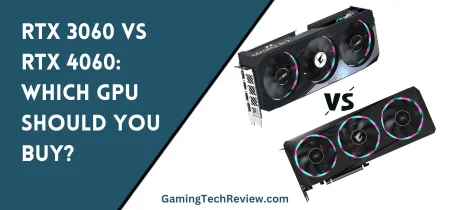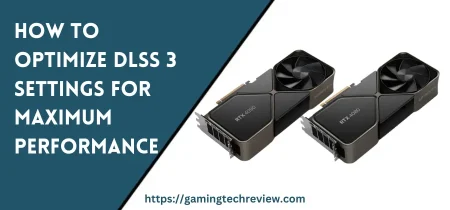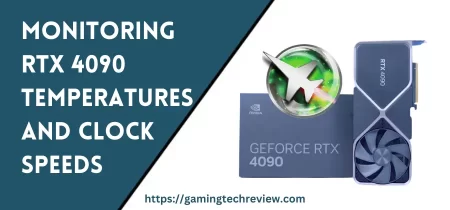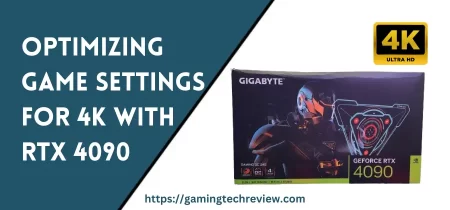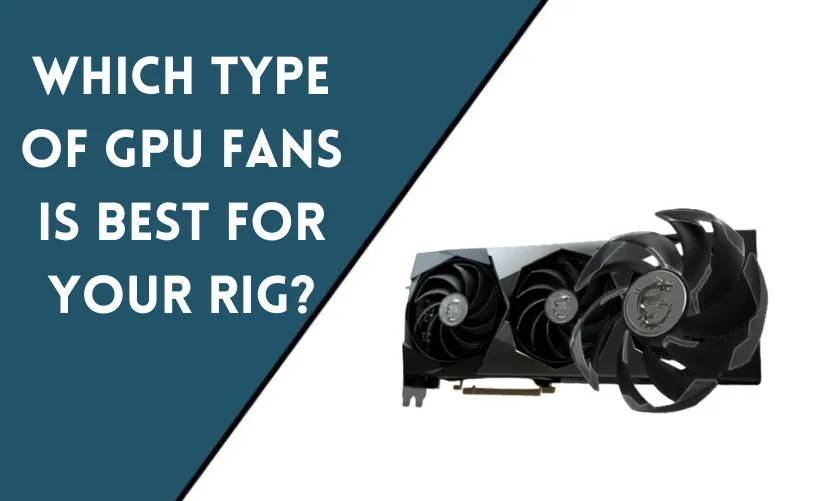
Graphics cards are power-hungry components that generate a lot of heat. To prevent overheating and throttling, manufacturers equip them with cooling solutions, which usually consist of a heatsink and a fan. However, some GPUs may benefit from additional fans, especially if you plan to overclock them or use them in a hot environment.
But should you install intake or exhaust fans on your GPU? That depends on several factors, such as your PC case design, airflow configuration, and ambient temperature. Let’s take a closer look at how GPU fans work and what are the pros and cons of each type.
The Purpose of GPU Fans
The purpose of GPU fans is to move the air over the heatsink, which dissipates the heat generated by the GPU. By increasing the airflow, fans help to lower the temperature of the GPU and prevent thermal throttling, which can decrease the performance of your graphics card. Moreover, cooler GPUs are less likely to suffer from component degradation, which can reduce their lifespan.
Intake Fans: How They Work
Intake fans are designed to push cool air into the GPU heatsink, which then absorbs the heat generated by the GPU and expels it outside the case. Intake fans usually sit in front of the GPU and blow the air toward the heatsink, creating positive pressure inside the case.
Pros and Cons of Intake Fans
Pros
- Intake fans are useful in cases with poor airflow, where the hot air from other components can stagnate around the GPU and increase its temperature.
- Intake fans generate positive pressure within the case, which helps minimize the entry of dust.
- Intake fans are easy to install and don’t require any modifications to the GPU heatsink.
Cons
- Intake fans can increase the noise level of your system, especially if they run at high speeds.
- Intake fans can create turbulence inside the case, which can interfere with the airflow of other components.
- Intake fans may not be effective in cases with good airflow, where the ambient temperature is already low.
Exhaust Fans: How They Work
Exhaust fans, on the other hand, are designed to pull hot air from the GPU heatsink and expel it outside the case. Exhaust fans usually sit at the back of the GPU and draw the air away from the heatsink, creating negative pressure inside the case.
Pros and Cons of Exhaust Fans
Pros
- Exhaust fans can be more effective than intake fans in cases with good airflow, where the ambient temperature is already low.
- Exhaust fans can help to reduce the temperature of the GPU by pulling the hot air away from the heatsink and expelling it outside the case.
- Exhaust fans can be quieter than intake fans, especially if they run at lower speeds.
Cons
- Exhaust fans can create negative pressure inside the case, which can pull in dust and other particles from outside.
- Exhaust fans may not be effective in cases with poor airflow, where the hot air from other components can stagnate around the GPU and increase its temperature.
- Exhaust fans may require modifications to the GPU heatsink, such as drilling holes, to allow the air to escape more easily.
Which Type of Fan is Best for Your Rig?
So, which type of fan is best for your rig? The answer depends on your case airflow configuration, ambient temperature, and personal preferences.
If your case has good airflow and your ambient temperature is low, you may not need any additional fans on your GPU. However, if your case has poor airflow or your ambient temperature is high, you may benefit from either intake or exhaust fans.
If you want to reduce the noise level of your system, exhaust fans may be a better option, as they tend to be quieter than intake fans. However, if you want to create positive pressure inside the case and reduce the amount of dust that enters it, intake fans may be a better choice.
Ultimately, the best way to determine which type of fan is best for your rig is to experiment with both and see which one works better for you.
Other Factors to Consider
In addition to the fan type, there are other factors to consider when selecting and installing additional fans on your GPU:
Fan Size and Placement
Make sure to choose a fan size that fits your GPU heatsink and the available space in your case. Also, consider the placement of the fan, as some GPUs may have different mounting hole patterns.
Number of Fans
The number of fans required depends on the size of your GPU heatsink, the airflow configuration of your case, and the ambient temperature. In general, two fans are enough for most GPUs, but you may need more if you have a large heatsink or a high ambient temperature.
Case Airflow
The airflow configuration of your case can affect the performance of your GPU fans. Make sure to have enough intake and exhaust fans in your case and position them properly to create a smooth and efficient airflow.
Ambient Temperature
The ambient temperature of your room can also affect the performance of your GPU fans. Make sure to keep your room cool and well-ventilated to prevent your GPU from overheating.
Conclusion
Choosing the right type of fan for your GPU can be a daunting task, but it doesn’t have to be. By considering your case airflow configuration, ambient temperature, and personal preferences, you can choose the fan that best suits your needs.
Remember to experiment with both intake and exhaust fans and see which one works better for you. Also, don’t forget to consider other factors such as fan size, placement, number, case airflow, and ambient temperature when installing additional fans on your GPU.
By following these tips, you can keep your GPU cool and performant, and enjoy your favorite games and applications without any thermal issues.
Frequently Asked Questions
Do I need additional fans on my GPU?
It depends on your case airflow configuration and ambient temperature. If your case has poor airflow or your ambient temperature is high, you may benefit from installing additional fans on your GPU.
Which type of fan is better, intake or exhaust?
The number of fans needed depends on personal preferences and the airflow configuration of your case. Intake fans generate positive pressure within the case, which helps minimize the entry of dust., while exhaust fans create negative pressure and can be quieter.
How many fans do I need on my GPU?
The number of fans required depends on the size of your GPU heatsink, the airflow configuration of your case, and the ambient temperature. In general, two fans are enough for most GPUs, but you may need more if you have a large heatsink or a high ambient temperature.
Can I use both intake and exhaust fans on my GPU?
Yes, you can use both intake and exhaust fans on your GPU. However, make sure to position them properly and consider the airflow configuration of your case to avoid creating turbulence.
Can I install aftermarket fans on my GPU?
Yes, you can install aftermarket fans on your GPU. However, make sure to choose fans that fit your GPU heatsink and the available space in your case. Also, consider the noise level and the airflow rating of the fans before purchasing them.






